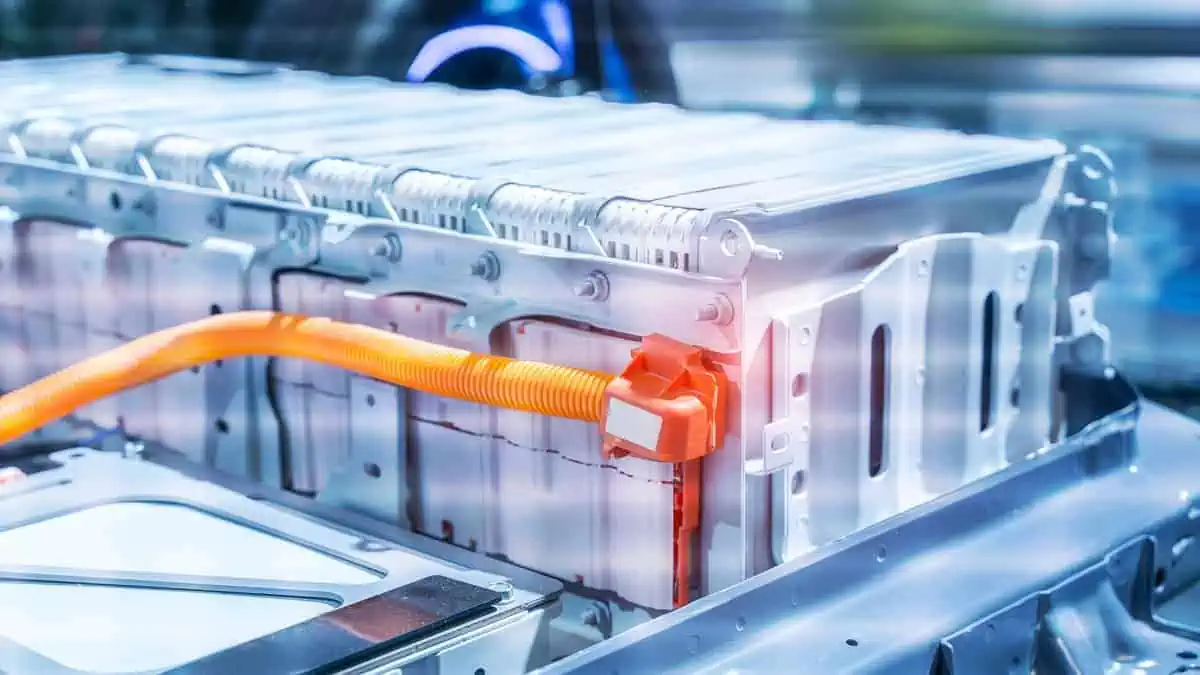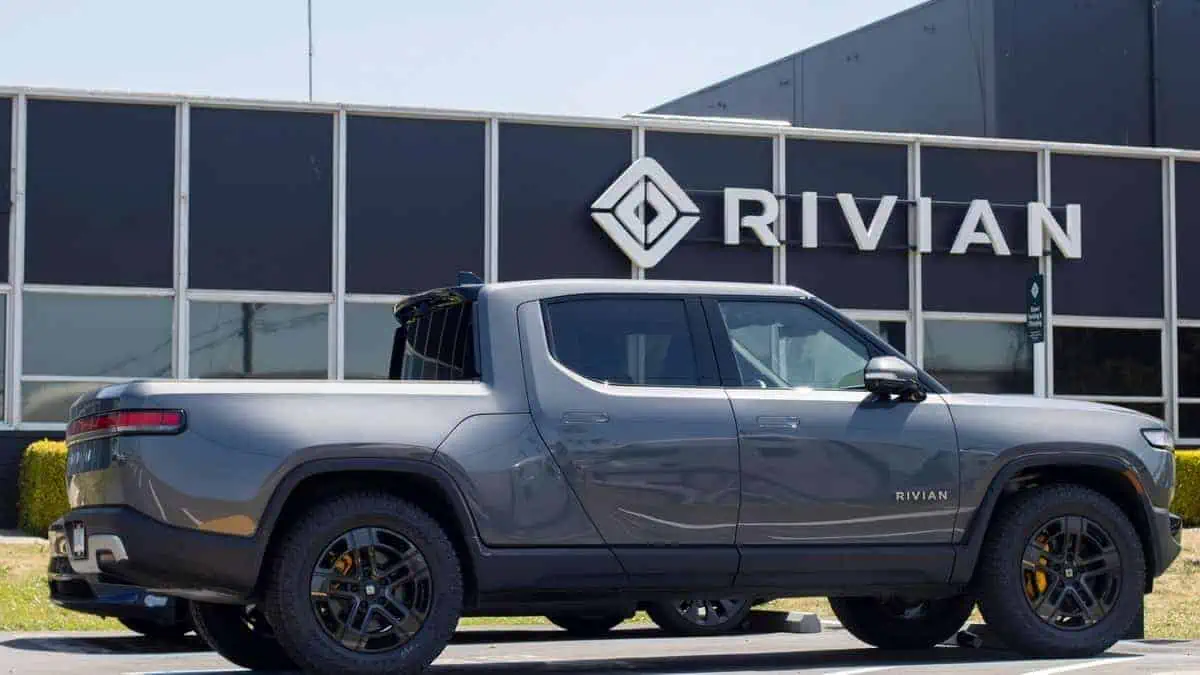Electric vehicle battery recycling firm Redwood Materials announced plans to localize its battery production in the United States as it seeks to expand its footprint in the North American market.
Plan details
According to Redwood Materials’ X post, the company’s battery recycling and production is concentrated outside North America.
Finally, Redwood Materials is planning to change its strategy with an intensified focus in the US. It cited the cathode’s significant contribution of >50% to the battery cell’s total cost.
By localizing its battery production, Redwood Materials can potentially reduce battery costs with lower shipping expenses and government incentives.
“We’re building a huge (Airbus A380 for scale) cathode plant with more than 1 million EVs/year of capacity at our Nevada Campus. We’re reducing both the construction cost and the build time through ambitious and detailed engineering, focusing on innovative practices in the plant’s very design and development.”
Redwood Materials
About Redwood Materials
Redwood Materials is a Nevada-based electric vehicle battery recycling firm founded by former Tesla executive J. B. Straubel.
It aims to lead in the li-ion battery recycling industry and produce battery materials for electromobility and electrical storage systems.
Redwood indicated on its website its goal to build a “circular supply chain to power a sustainable world,” potentially boosting the global shift to electric vehicles and green technologies.
Redwood to expand its McCarran facility
As EV-a2z previously reported, Redwood Materials secured the US Department of Energy’s (DOE) conditional commitment worth $2 billion in February 2023.
The company plans to utilize this loan to fund its expansion plans for its existing McCarran facility in Nevada. As part of the plan, Redwood Materials will erect a recycling factory at the site to process li-ion battery materials. It will also include anode copper foil and cathode materials production.
Redwood Materials’ move to increase its focus in the US is part of its strategy to solidify its North American supply chain, enabling it to cut its reliance on battery parts from foreign countries.






